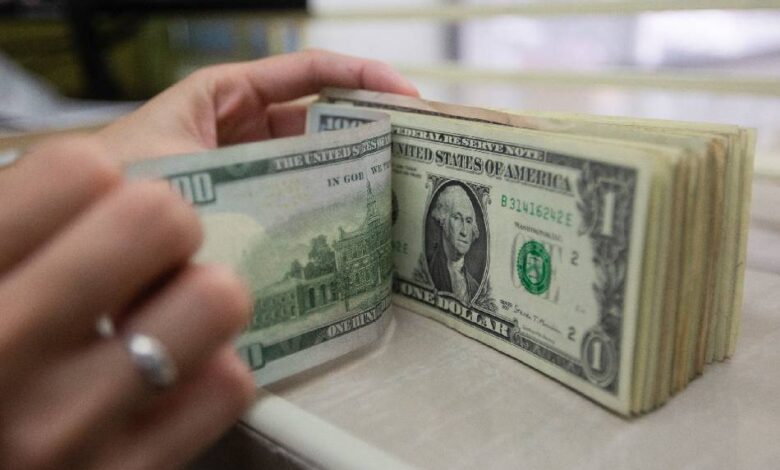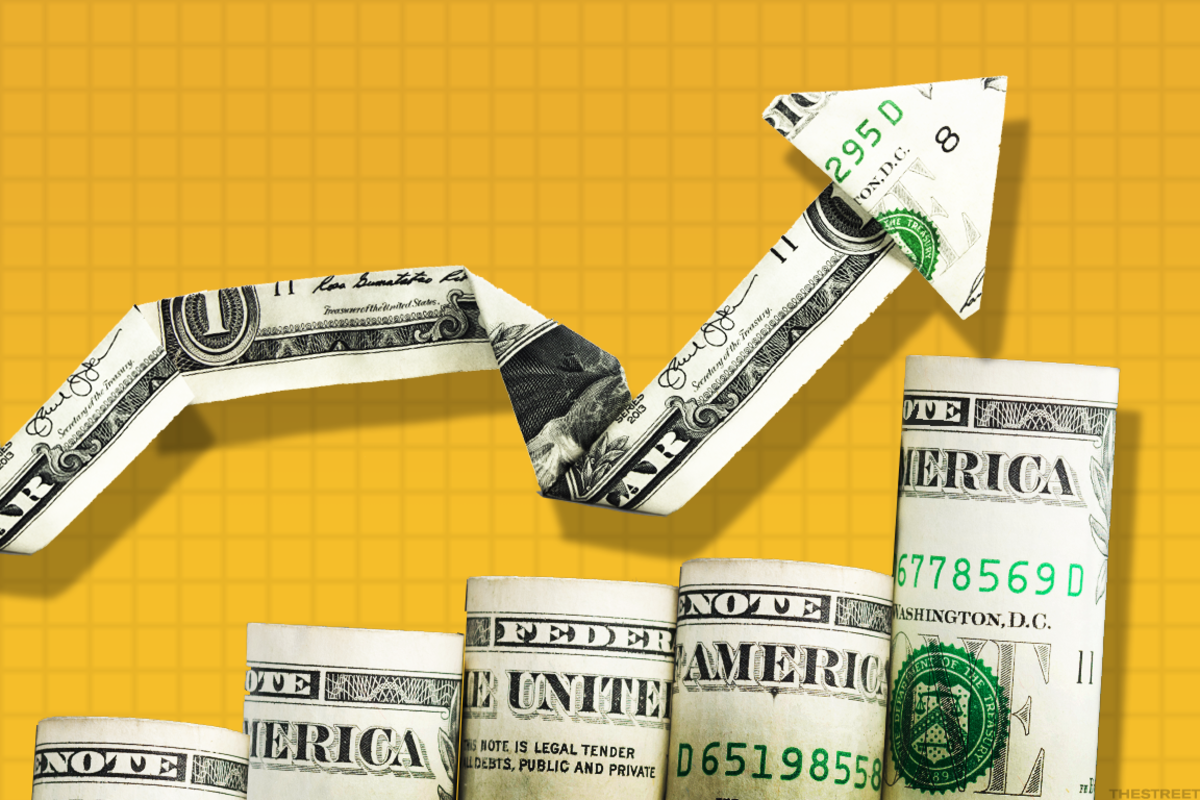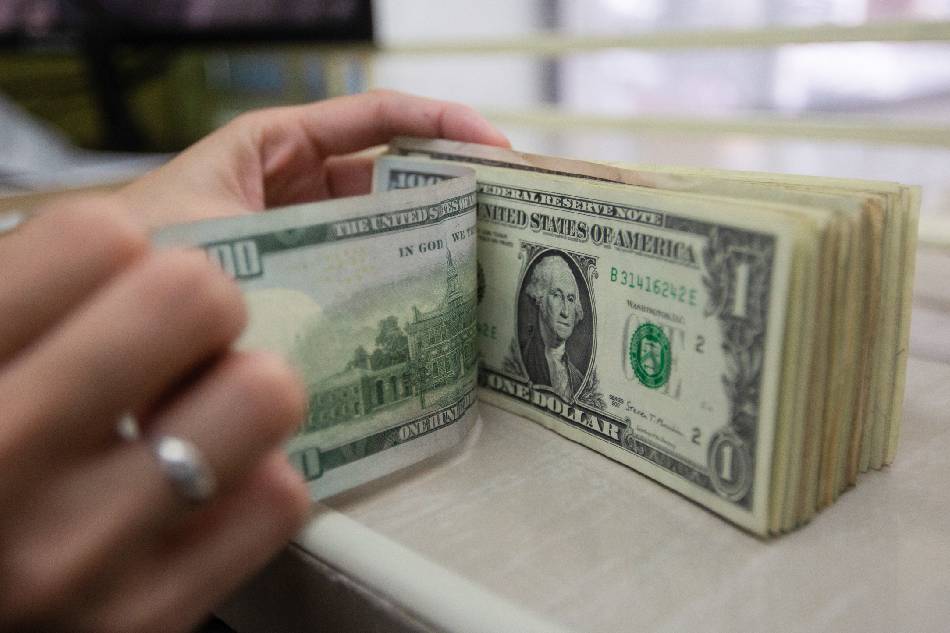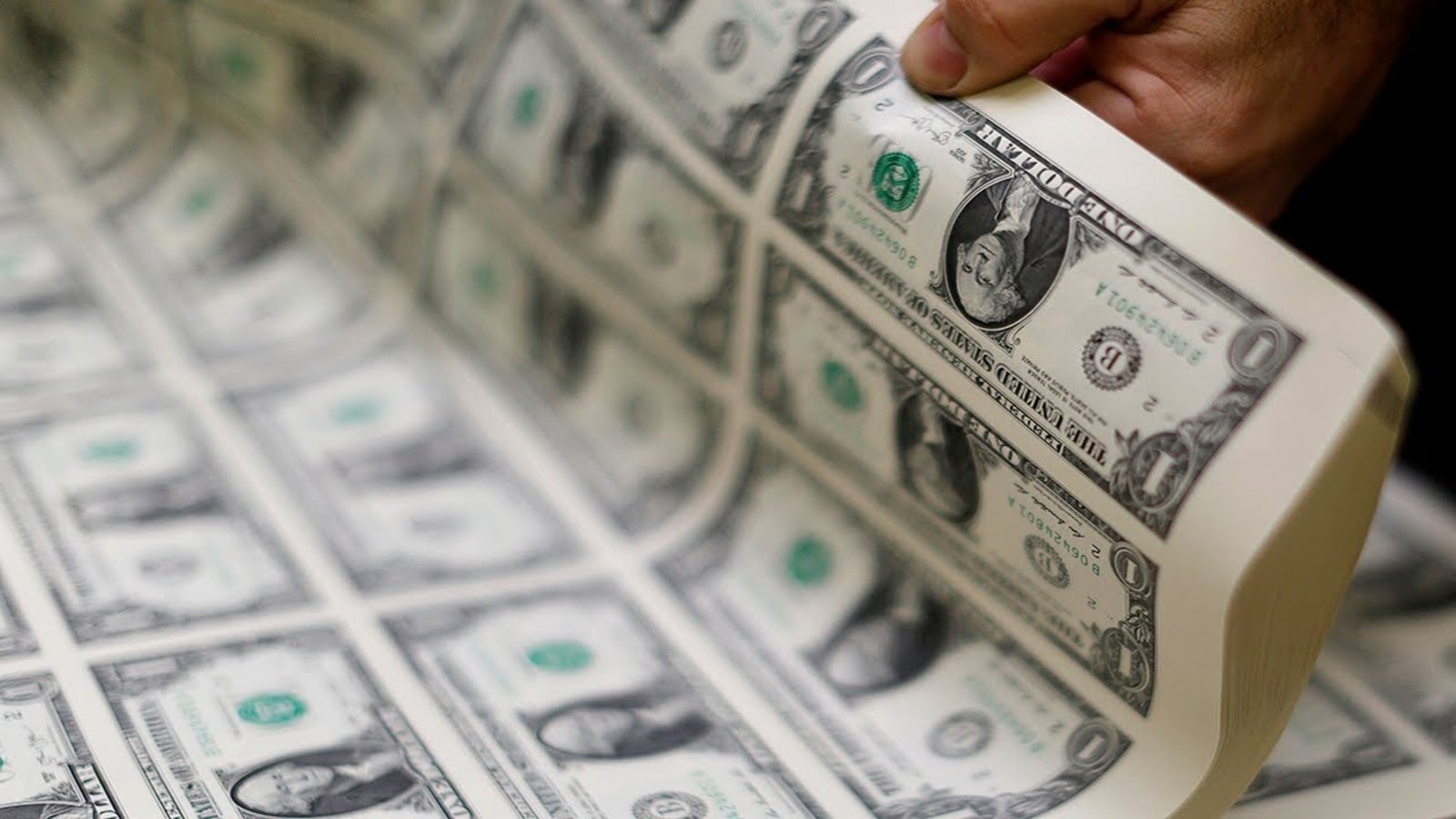Outlining the Global Economy: Inflation decreases from the United States to Europe

While global central bankers are relieved that inflation is finally abating, they are nevertheless concerned that price pressures are still much too high. In the US, core inflation—which includes costs for food and energy—rose by a less-than-expected 0.2% from a month earlier in October. Although it decreased in November by the most since 2020, annual inflation in the eurozone remained high at 10%.
There is still an indication that inflation may turn out to be more durable despite the downturn. More jobs were added by US firms than expected, and earnings increased more than they have in almost a year. Additionally, companies in the UK continue to believe they can pass on rising costs to customers despite persistently high inflation projections.
Here are some of the graphs showing the most recent changes in the world economy that were posted this week on Bloomberg: Although there are indications that global inflation has peaked, central banks will continue to worry about it through 2023 due to its likely gradual decline from multi-decade highs.
Due to the declining global demand, factories in Europe and Asia had a difficult November, and the situation is not expected to improve in the coming months. S&P Global business surveys indicated declining activity and a bleak future in many areas of both regions. To combat persistent inflation, Ghana’s central bank raised its benchmark interest rate to the highest level in more than 19 years. While the central banks of the Dominican Republic, Mozambique, and Botswana were stable, Thailand and Guatemala also increased their rates.
In the US, companies added more jobs than expected, and salaries increased by the most in over a year, indicating persistent inflationary pressures that increase the likelihood that the Federal Reserve will raise interest rates.
While spending increased, a key consumer price index had its second-smallest gain of the year, raising hopes that the Fed’s interest rate hikes are controlling inflation without triggering a recession. In October, the personal consumption expenditures price index increased by less than the expected 0.2%. Fed Chair Jerome Powell underlined last week that this index is a more accurate indicator of the direction of inflation. Costs for essential services also declined.
For the first time in 1 and a half years, inflation in the eurozone decreased, giving the European Central Bank some hope in its fight against the worst consumer price shock in a generation. Due in part to modest price increases in energy and services, inflation decreased to 10% in November from a year earlier.
According to polling, the British people are growingly regretting their 2016 decision to leave the EU, which was mostly motivated by economic worries. More than in Germany, France, or Italy, business investment has fallen. Since the Brexit referendum, investment has underperformed in all of the Group of Seven major economies. The UK economy was under pressure from inflation in November, and businesses anticipate price increases of 5.7% over the next 12 months.
Last month, South Korean imports into China decreased by more than 25%, reaching their lowest level since February 2021. The decrease is another sign of the impact the Covid Zero policy of the Beijing government is having on consumption and demand throughout the world. With the yen drastically depreciating, companies in Japan increased spending for the fourth consecutive quarter, a development that is anticipated to help the economy recover from its disappointing third-quarter performance.
On the back of an increase in mining output and a sturdy retail sector, Chile’s economy surprisingly expanded in October. At the same time, annual inflation is starting to decline from a multi-decade high.
Fighting inflation presents distinct issues for the US and the Eurozone.
The headline inflation rates for the Eurozone and the US are in the 8- to 9-percent area, which is nearly equivalent. However, there are significant discrepancies hidden beneath those figures that have varied ramifications for monetary policy and the battle against inflation. Simply put, the Federal Reserve (Fed) has a bigger challenge than the European Central Bank (ECB), which will result in significantly divergent interest rate courses for some time.
First, whether the market is overheating or under heating, there is a tight labor market. The US job market is overheated. In the majority of the eurozone, this is not the case. The second factor is price shocks and their initial impact on inflation, including those related to energy, commodity prices, and supply chain disruptions. Looking ahead, the news for the United States is largely positive: commodity prices are down, supply networks are being repaired, and oil prices are unlikely to significantly increase despite OPEC’s plan to cut down on production. The news for the eurozone is unquestionably worse, mostly due to the cost of gasoline; more on this is discussed below.
The third factor is what is known as “second-round effects,” which describe how early price shocks have an impact on subsequent prices as well as nominal salaries as employees attempt to regain some of their lost buying power. The United States has had significant wage dynamics, which are progressively fueling underlying inflation.
In the eurozone, they have been more restrained. Fourth, there is “de-anchoring,” which refers to how persistent inflation may cause people to doubt the validity of monetary policy and the central bank’s will to come back to its inflation target, thus fueling an increase in inflation. Both sides of the water have received positive news thus far: long-term inflation predictions have barely changed.
How do these elements combine? In the next few months, headline inflation in the United States may appear to be low, but underlying inflation will be high due to overheating and significant second-round impacts. Although underlying inflation may not be as problematic as it is in the United States, headline inflation in the eurozone is likely to appear worse.
When discussing activity instead of inflation, the differences between the two sides of the ocean are once again evident. The underlying demand in the United States remains robust despite the perplexing discrepancy between the jobless rate and the GDP rate. Since demand is high and underlying inflation is high, the Fed will likely have to undertake most of the work to slow the economy. It won’t happen on its own.
Demand in the eurozone is considerably more likely to decline on its own. Due to the importation of a substantial portion of its energy, the eurozone has seen a significant decline in buying power, which will partially be reflected in consumption and investment. European consumers had fewer reserves to fall back on since COVID-related fiscal measures were lower than in the US. The anticipated consequences of a decreased gas supply, however, are a major concern. Price and rationing impacts are also present.
Gas prices in Europe are skyrocketing due to a lack of supply, which is also driving up energy rates. Allowing businesses and families to experience short-term, extraordinarily high market prices would have resulted in severe liquidity problems, inefficient bankruptcy, significant problems with income distribution, and political upheaval. Governments have consequently, to varying degrees, eased out some of the expenses through several budgetary measures.
Each client should be able to purchase a certain amount of gas at a reasonable cost, with any further demand being subject to market rates or something like that. It might be challenging to determine the ideal amount for each client, though. Governments have therefore often chosen a combination of targeted subsidies, tax reductions, or price ceilings without thresholds.
These measures have lowered inflation—by an estimated 2–3% in France, for instance. The impact of market gas prices on inflation will be significantly reduced as more nations implement similar policies, with Germany serving as a shining example. Tax cuts and price limitations, however, weaken incentives to save energy, and the conclusion is that in the winter there may be rationing.
The largest and riskiest threat to Europe this winter is rationing and its impact on activity. Whether it occurs and necessitates output reductions will depend on the weather, incidents involving other pipelines (recall the Nord Stream 1 and 2 explosions), voluntarily implemented conservation measures, and international gas supply sharing.
Unfortunately, technological limitations mean that only the opposite can be done: gas to large firms can be turned on and off, but it is almost impossible to do the same for all small firms and households. It would be better to ration gas to households and protect production, but technological limitations imply that only the opposite can be done. Therefore, a significant source of uncertainty is which companies will be rationed and what potential consequences may result.
One recalls the fairly significant consequences of supply chain interruptions during COVID, even though the current circumstance is very different from that time. The extremely wide range of growth predictions for the upcoming year, such as -0.7% for Germany according to the Organization for Economic Cooperation and Development (OECD) against -3.5% according to Deutsche Bank, illustrates how little we currently know.
Even with this uncertainty, it is reasonable to conclude that output will likely decline regardless of monetary policy, which would, in turn, lead to an increase in unemployment and downward pressure on wage inflation. The upshot is that, unlike the Fed, the ECB may not need to further reduce demand.
The expected evolution of interest rates is directly affected by these findings. The Fed will have to maintain high interest rates because the economy is overheating and there is substantial underlying demand. Although market expectations have largely changed, I predict that interest rates may rise above what the yield curve suggests.
On the other side, the ECB might not need to significantly raise interest rates. The ECB may be mindful of its widely regarded error of raising rates in reaction to energy prices in the fall of 2008 and take care to avoid making the same mistake again. The dollar’s rise appears justifiable in light of these trends and the inferred-interest rate differentials.
One could be concerned about two things if they look over the next several months, which I briefly address. The average cost of protecting employees and businesses in Europe is roughly 2 percent of the GDP. Since most of these measures will be paid for with debt, investors are concerned about the sustainability of that debt. These concerns are unfounded at the present, even for nations like Italy, which assumed that gas and electricity costs would significantly decline within a year or so.
Since real interest rates on public debt are still substantially below growth rates due to the high pace of inflation, debt dynamics allow for significant primary deficits with little to no increase in debt ratios. However, if gas prices stay extremely high for a significantly longer period, some governments will be forced to make a difficult decision and may have to gradually remove the protective measures at a great political cost.




